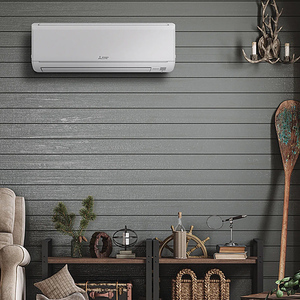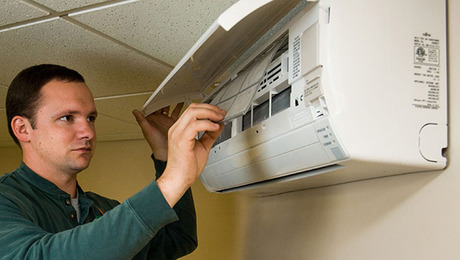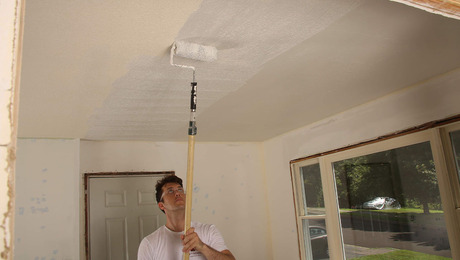Getting to Know the Beast in Your Basement
A forced-air heating system isn’t as scary as it seems.

Synopsis: Many different appliances can be used to heat a house, including boilers, water heaters, heat pumps, and woodstoves. However, most homes in the United States are heated by a forced-air furnace. This article covers the basics of the furnace system—the different types and efficiency ratings—as well as best practices and common perils and pitfalls of the appliance installation and duct layout.
Photo: Justin Fink
Many different appliances can be used to heat a house, including boilers, water heaters, heat pumps, and woodstoves. According to the Department of Energy (DOE), however, most homes in the United States are heated by forced-air furnaces.
A forced-air furnace is connected to ducts that deliver heated air to registers throughout the house. Different types of furnaces are manufactured to burn a variety of fuels, including natural gas, propane, oil, and firewood. The most common furnace fuel in the United States is natural gas.
Even though the smallest available furnaces are often too big for a high-performance home (see “Heating Options for a Small Home,” FHB #217), furnaces still have virtues that are hard to ignore. They are inexpensive, widely available, and easily serviced by local HVAC contractors. For many North American homes, they are a logical way to supply space heat.
A furnace is only as good as its installation, though, and research has shown that new furnaces and their distribution systems (ducts) often aren’t sized correctly. According to a 2013 report prepared for the DOE, the problem is even more widespread when it comes to replacement furnaces. An oversize furnace often costs more than a right-size furnace, and improper duct installation results in reduced operating efficiency.
Efficiency drives the decision
When it comes to fuel efficiency, furnaces are grouped based on their annual fuel utilization efficiency, or AFUE. These efficiency ratings are calculated using a laboratory method that tells you how much of the fuel going into the furnace is being converted to usable heat. AFUE is expressed as a percentage, and higher is better. Residential furnaces in the United States are divided into just two main categories: medium-efficiency furnaces (80% to 82% AFUE) and high-efficiency furnaces (90% to 97% AFUE). The reason that you can no longer buy a low efficiency furnace is that the federal government now requires residential gas-fired furnaces to have a minimum efficiency of 80%.
The line between medium- and high – efficiency furnaces isn’t arbitrary or driven by marketing campaigns; it’s a function of the inner workings of those furnace types. Medium-efficiency furnaces are designed to keep flue gases hot enough to avoid condensation of flue-gas moisture, while high-efficiency furnaces deliberately encourage this condensation. Furnaces with an efficiency of at least 90%, sometimes known as condensing furnaces, draw so much heat out of the flue gases that the furnace exhaust can be vented through PVC pipe. PVC costs less than the stainless-steel pipe that would have to be used to vent hotter flue gases at risk of depositing corrosive condensate.
For more graphics and information on forced-air heating systems and ducts, click the View PDF button below.


























